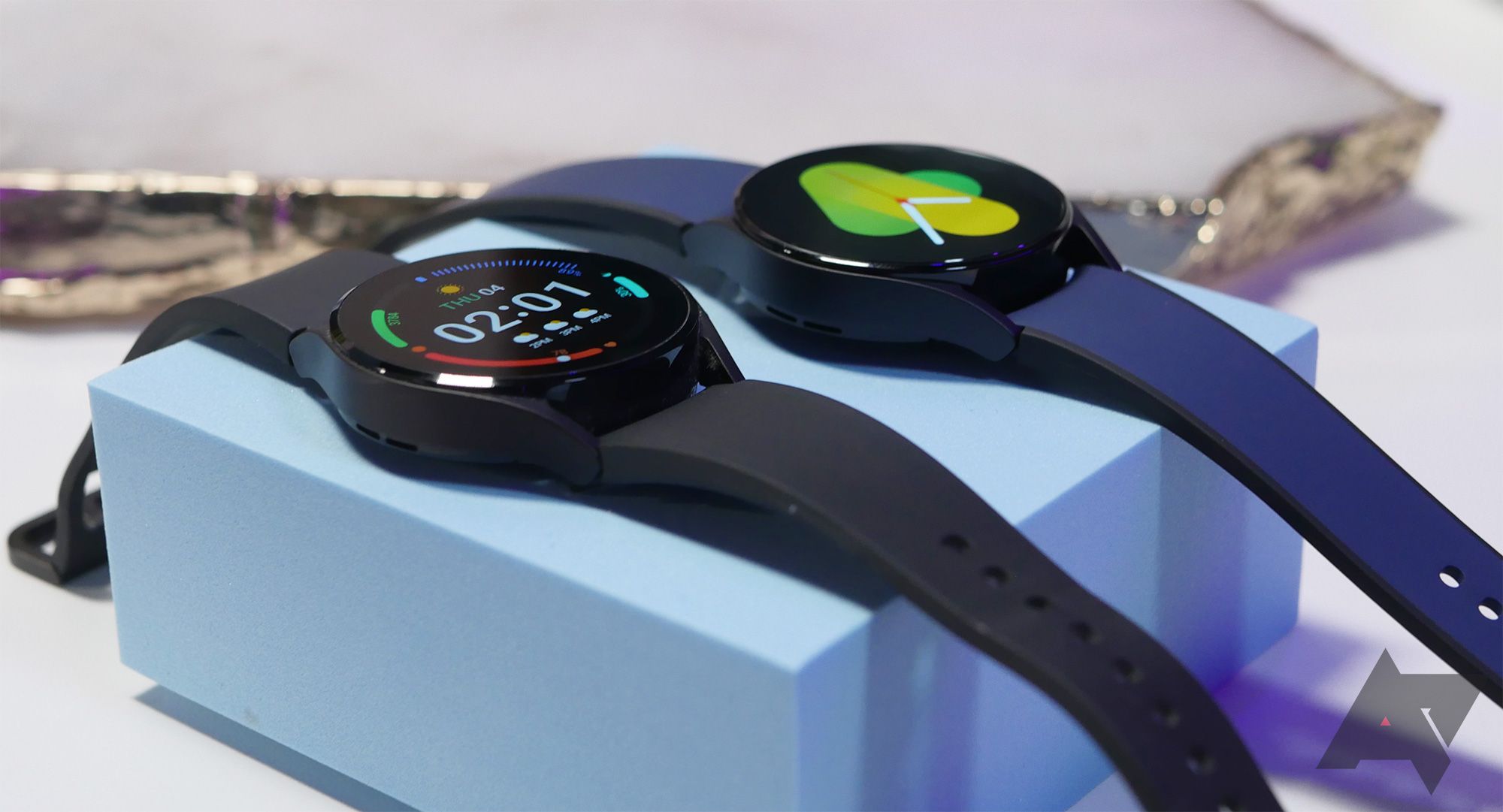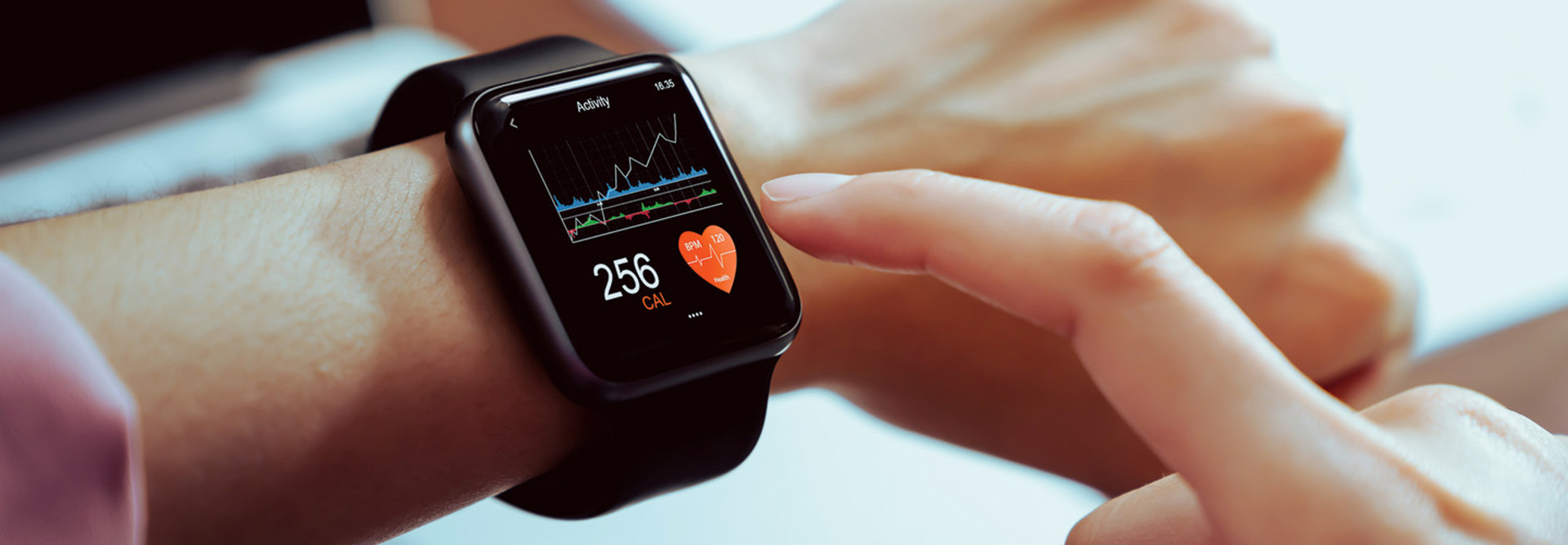By Rajneesh Bhandari
The adoption of wearables in healthcare has reached a critical point, offering continuous monitoring of health parameters such as ECG, oxygen saturation, number of steps, energy consumed, and heart rate. Embedded AI-enabled sensors on or around the body measure parameters 24/7, even during sleep, capturing data like the sound of your cough, breathing pattern, brainwaves, and sleep quality. Smart headphones, wristbands, rings, and patches track blood sugar, body temperature, respiratory rate, mobility, and even stress. We even have sensors in shoe insoles and smart clothing, generating valuable health data.
AI-enabled wearables are transforming healthcare by providing continuous, real-time monitoring of various health parameters, a feat that was previously unimaginable. These devices autonomously track health data, engage patients, and connect with caregivers. An integrated AI platform consolidating data from all sensors can personalize supplements, medicine, and hormone regimens, enhancing individualized care. Wearables empower individuals by putting them in control of their health. By monitoring health in real-world settings, at home, at work, or while asleep, these devices aid in accurate medical root-cause analysis and enable remote sharing of results with physicians.
Also read: How generative AI is revolutionising the wearables industry
Wearables are proving invaluable in chronic disease management. For example, people with diabetes can use Continuous Glucose Monitors (CGMs), which provide real-time blood sugar readings. These devices, integrated with AI-enabled Apps, enable users to make informed lifestyle choices about their diet, exercise, and medication, improving their overall quality of life and reducing the risk of complications. In the future, wearable blood pressure monitors will help individuals with hypertension track their readings throughout the day, providing a comprehensive view of their condition rather than an episodic single measurement at the doctor’s office. The Ava bracelet is a fertility-tracking wearable that helps women track their ovulation, period cycles, sleep, stress levels, and resting heart rate. A disposable abdominal patch has been developed to track maternal and foetal heart rate.
Wearable technology can make healthy living a cult and help reduce chronic and lifestyle diseases. Devices like the Oura Ring and Whoop Strap have become cults, with millions of users worldwide. The global wearable fitness tracker market is projected to reach USD 192 billion by 2030.
AI-enabled sensors can detect or monitor life-threatening events and diseases. Devices with accelerometers can detect falls and automatically alert caregivers. Atrial fibrillation is a difficult-to-detect, irregular heartbeat impacting over 60 million globally that can lead to various heart-related complications, including blood clots and stroke. Wearable ECG monitors help detect abnormal heart rhythms like atrial fibrillation, preventing complications such as strokes. Wrist-worn sensors can detect epilepsy seizures and alert caregivers. Wearables will take monitoring out of the hospital and into the home. Biosensors and sweat sensors can detect and monitor illnesses, including congenital heart disease, cystic fibrosis, and infections, significantly enhancing early detection and treatment outcomes.
In the long term, your voice AI assistant will become your early diagnostician, reviewing a constant flow of medical data from your wearables and detecting any concerning conditions as soon as possible.
The potential of wearables extends beyond individual health benefits; they also hold promise for public health and research. Anonymized aggregated data from millions of people can provide valuable insights into population health trends, actionable public health interventions, outbreaks, and even pandemics. Data from wearables will also be built into health insurance, such as a discount on renewal based on the average number of steps walked in a year.
In the future, seamless and omnipresent integration of AI-enabled wearables and sensors into healthcare will be a game-changer, enhancing patient engagement, enabling early disease detection, promoting healthier lifestyles, significantly lowering long-term healthcare costs, and improving individual health outcomes.
(The author is Managing Director, NeuroEquilibrium. Views expressed are the author’s own and not necessarily those of financialexpress.com.)








